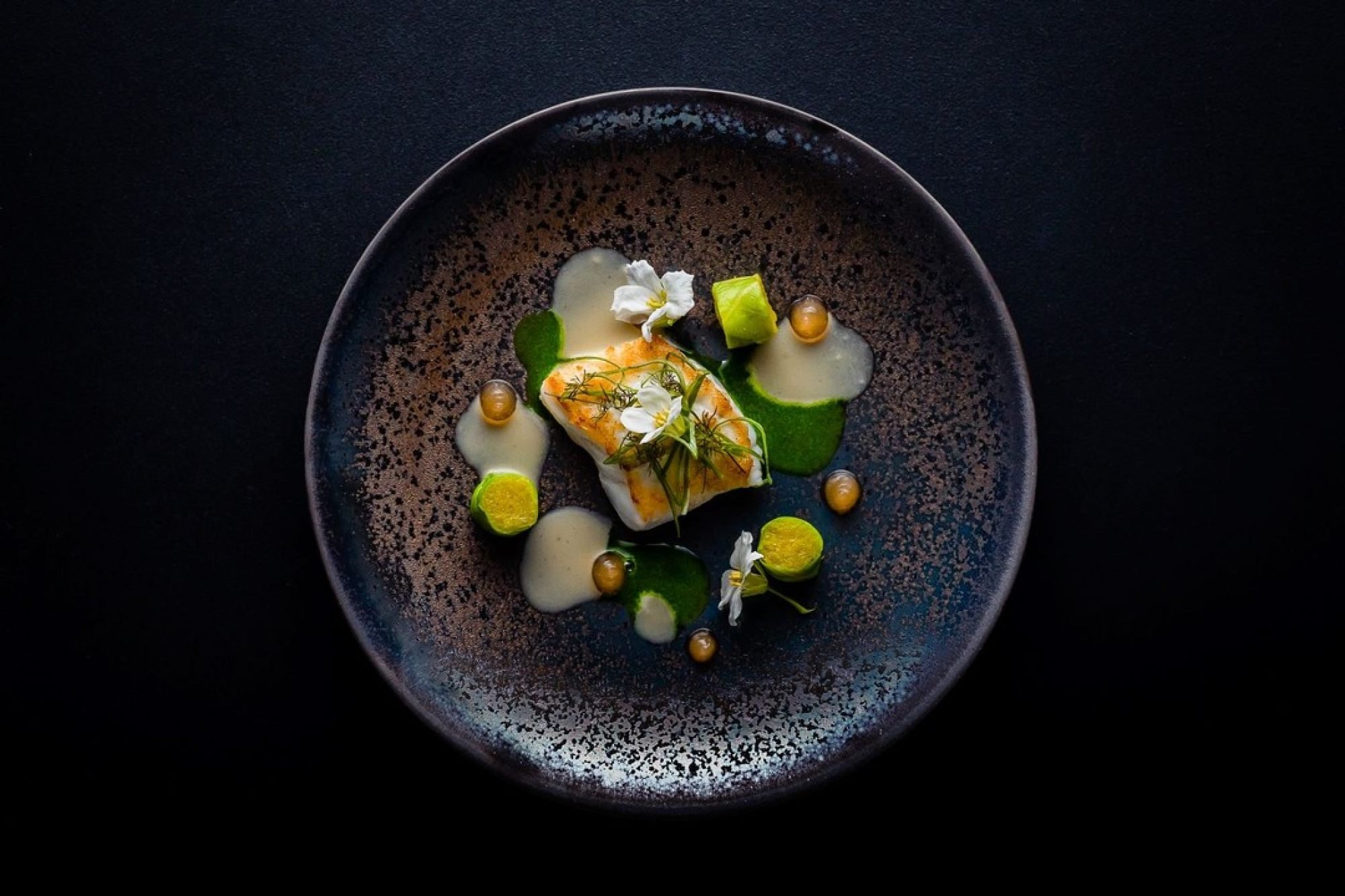Best known abroad for its herring, deep-fried croquettes, and sickly sweet stroopwafels, it’s fair to say the Netherlands has not historically been world-renowned for its cuisine.
But for the first time, a Michelin-star restaurant in Amsterdam has been voted the world’s best on TripAdvisor, which is further proof the food scene in the country is on the rise, according to its head chef.
“Dutch gastronomy has really been growing in the past 10 years, also because Amsterdam is becoming more and more of a big international city,” says the 36-year-old, who was born and raised in the country’s capital and describes himself as “100 per cent Dutchie”.

“You can’t compare it to London or New York or Tokyo but we are getting there,” he says as his sous chef chops, slices and stirs ready for another busy dinner service.
In 1958, there were only eight Michelin-star restaurants in the whole country. But now the Netherlands has forced its way into the world’s top 10, with 123 restaurants with a coveted star.

Golsteijn uses North Sea fish, local lobster and Dutch lamb, but also draws on culinary inspiration from around the world – reflecting the Dutch people’s history as seafarers and colonisers.
“From ages ago, we were travellers … we came back with spices, with coffee, with chocolate. We took that into our food culture,” he says.
But he is also taking down-to-earth Dutch staples and elevating them to Michelin-star level.

For example, the restaurant serves kibbeling, a humble, deep-fried fish bite snack found in beach cafes around the country, but with sea bass instead of the usual cod belly.
Dutch food has an undeserved reputation, insists Isabelle Nelis, who runs culinary tours around Amsterdam.
“Most people think about heavy dishes like pea soup, or the dishes that we do in winter with the mashed potato, cabbage, sausage, but there is so much more,” she says.
Best Hong Kong picks for Dutch food by an industry pro from the Netherlands
Best Hong Kong picks for Dutch food by an industry pro from the Netherlands
It’s not just food. Land reclaimed from the sea in the Netherlands contains excellent minerals for wine-producing grapes and there is even a burgeoning champagne industry, she adds.
The food scene has changed greatly over the years and is now “alive and buzzing”, helped by the cosmopolitan nature of melting pot Amsterdam, she says.
Restaurants are serving some 180 different types of cuisine in Amsterdam, according to Nelis. “You can eat in every nationality” in the world, she adds.

Eric Toner, the owner of Bougainville, said the quality of the Dutch food scene had changed beyond recognition in recent decades.
“When I was young, decades ago, there were maybe one or two restaurants with a [Michelin] star in Amsterdam. Maybe six or 10 in the whole of the Netherlands. Now we have 24 or 26 in Amsterdam alone,” he says.
As a child growing up in the Netherlands, “we ate a lot of meatballs, potatoes, vegetables and a lot of gravy over it. That was a normal dinner”.

But the next generation has much more refined tastes, helped by a greater choice of cuisines from around the world, he adds.
“We have gone from a normal small country when everyone eats a big potato pan on the table … to an international food culture.”
The award made headlines around the Netherlands, but both Toner and head chef Golsteijn acknowledge that the TripAdvisor award, based on customer reviews rather than professional critics, does not catapult their restaurant to the highest echelons of global gastronomy.

For Toner, it’s all about meeting customer expectations.
“I was completely flabbergasted. It’s an honour to win every prize,” he says.
“But I know also the downside of it. Expectations go up and when I say ‘What is the best restaurant in the world?’, I would not say my restaurant, I would say a three-[Michelin-] star restaurant.”

The restaurant, within a hotel overlooking the Dam Square in Amsterdam, offers a five-course menu priced at €130 (US$139).
Nelis thinks the Dutch should take more pride in their produce.
“We tend to complain a lot. We complain when it’s raining. When it’s nice weather, we say it’s too hot. And that’s the same with the food. We don’t pat ourselves on the back enough,” she says.

